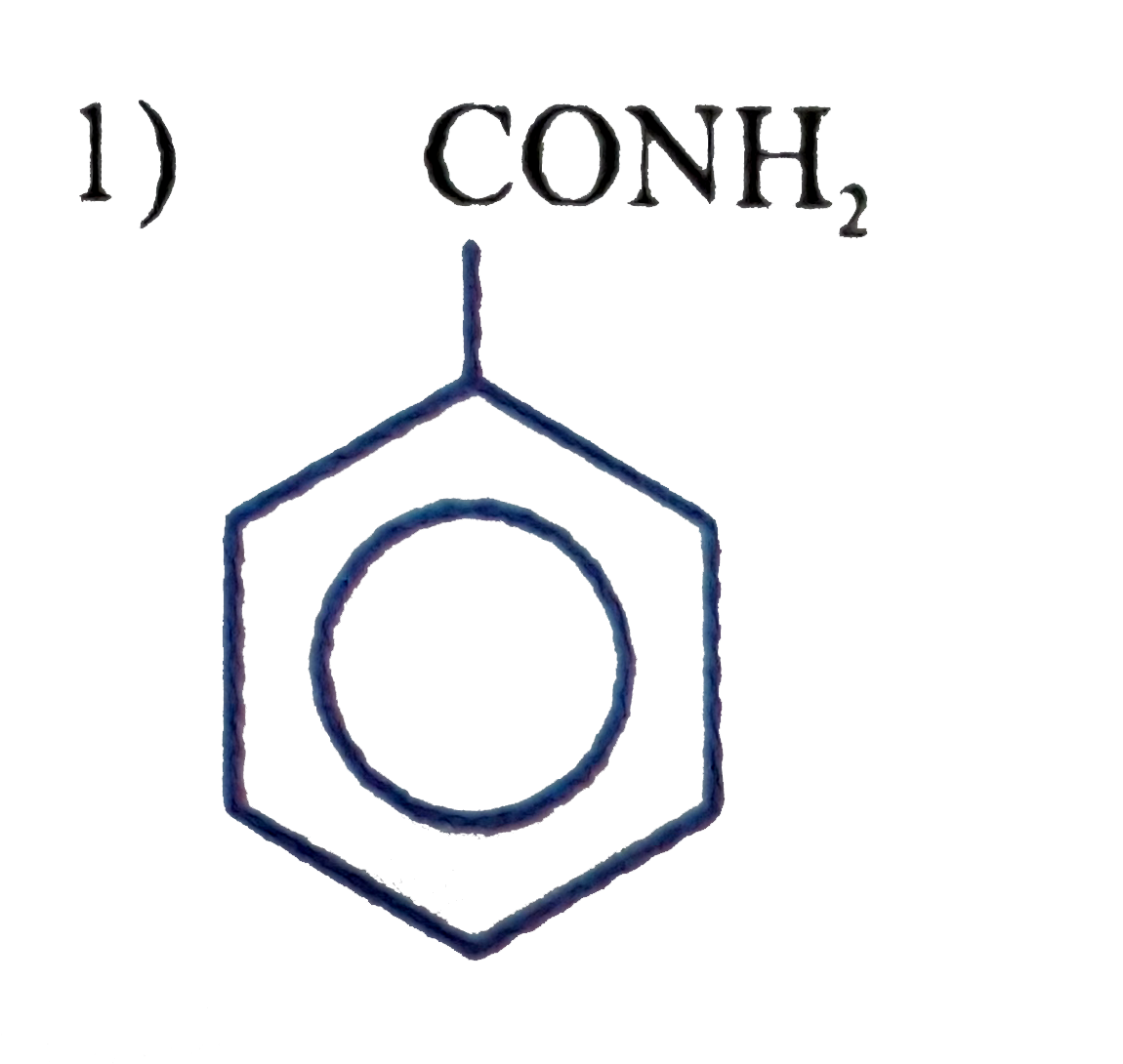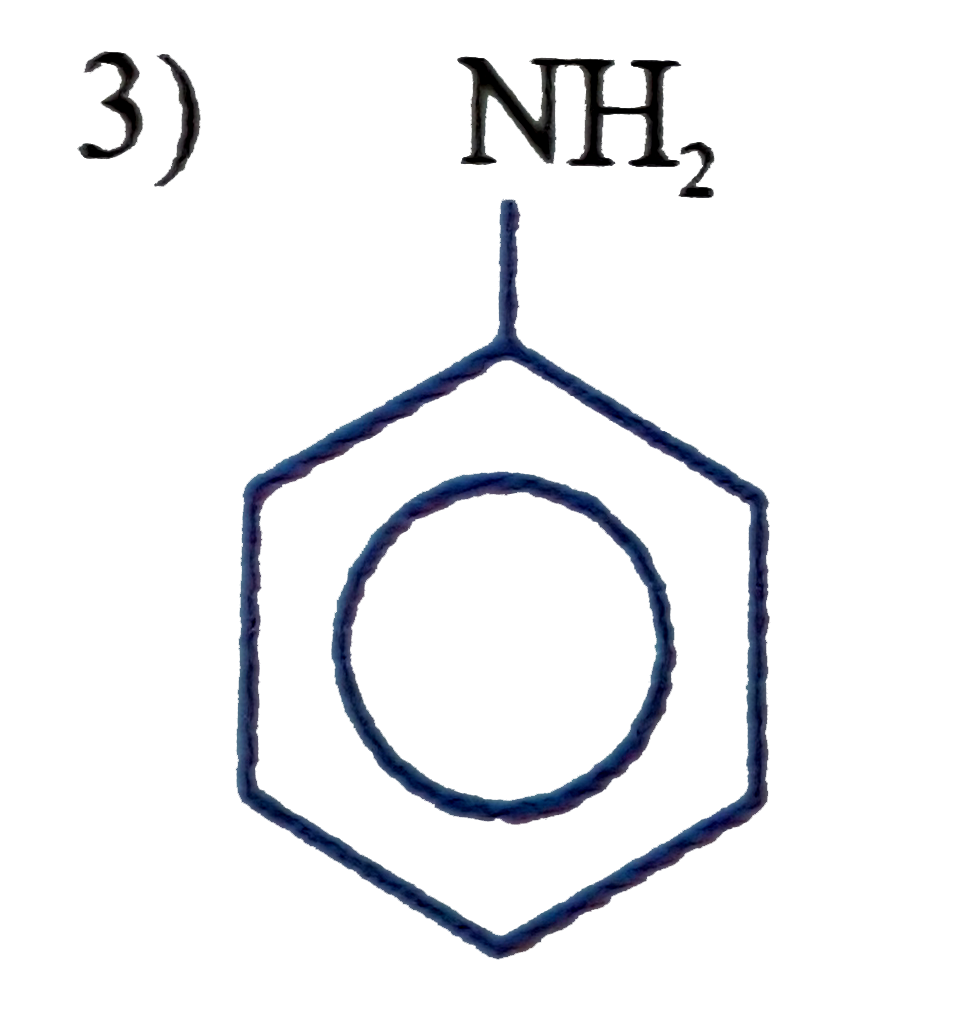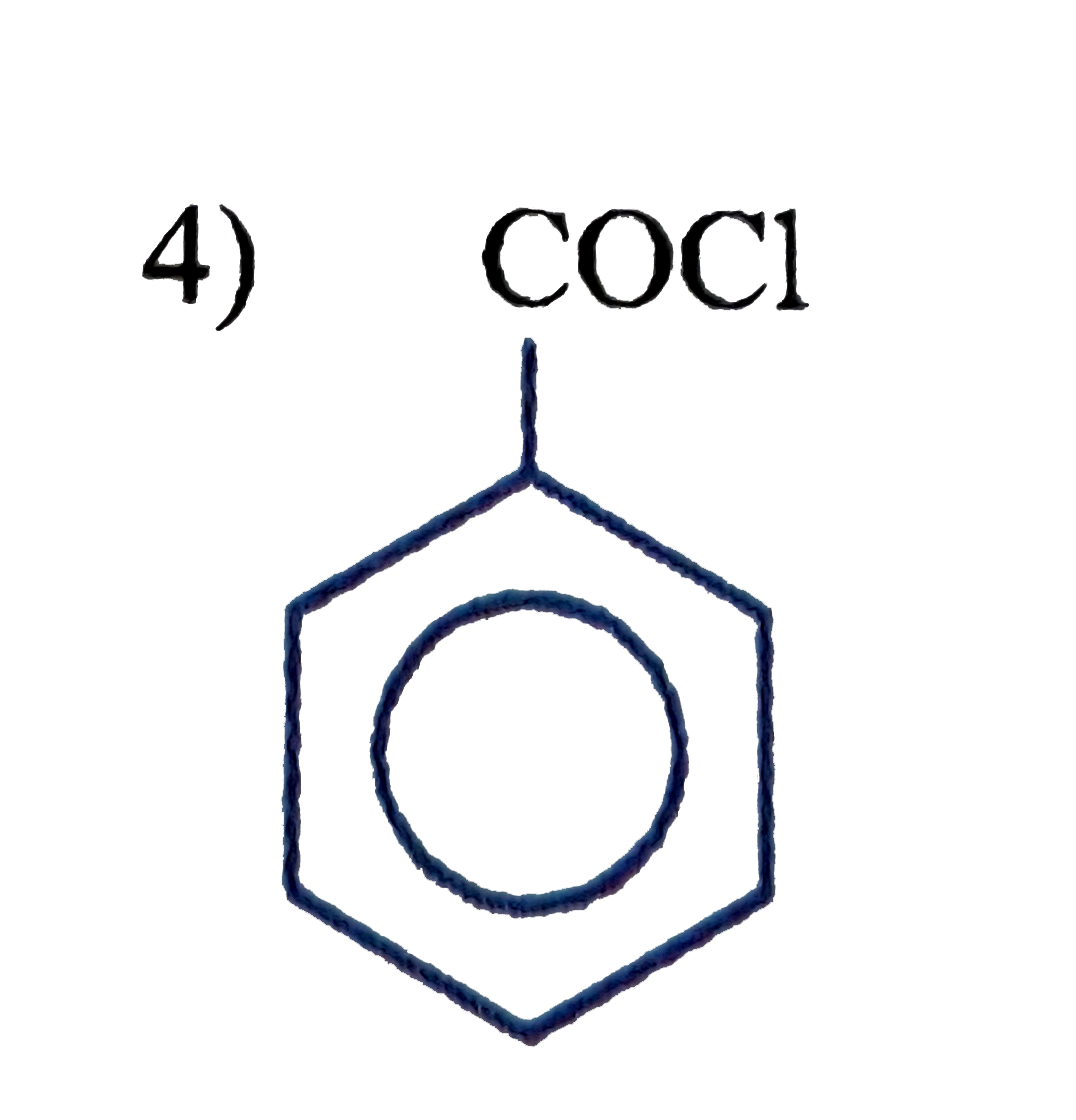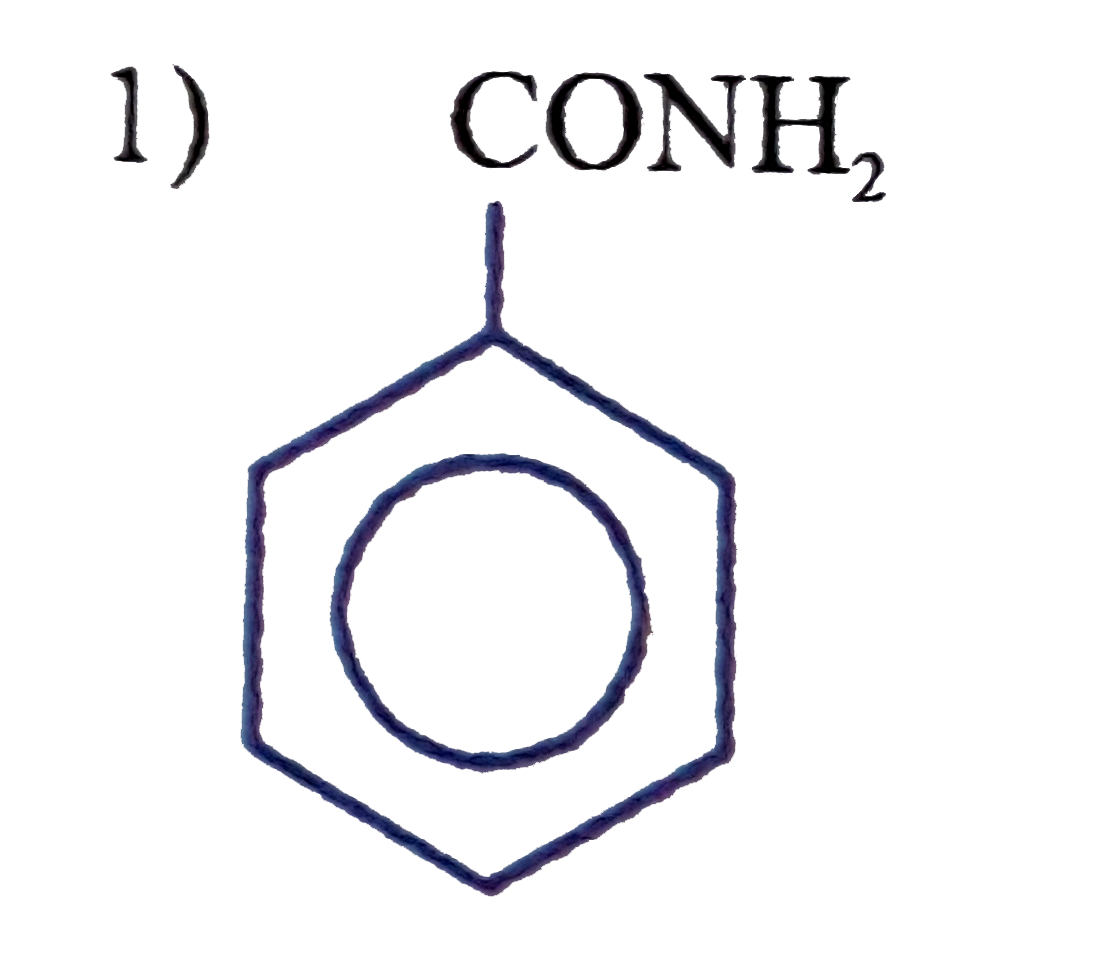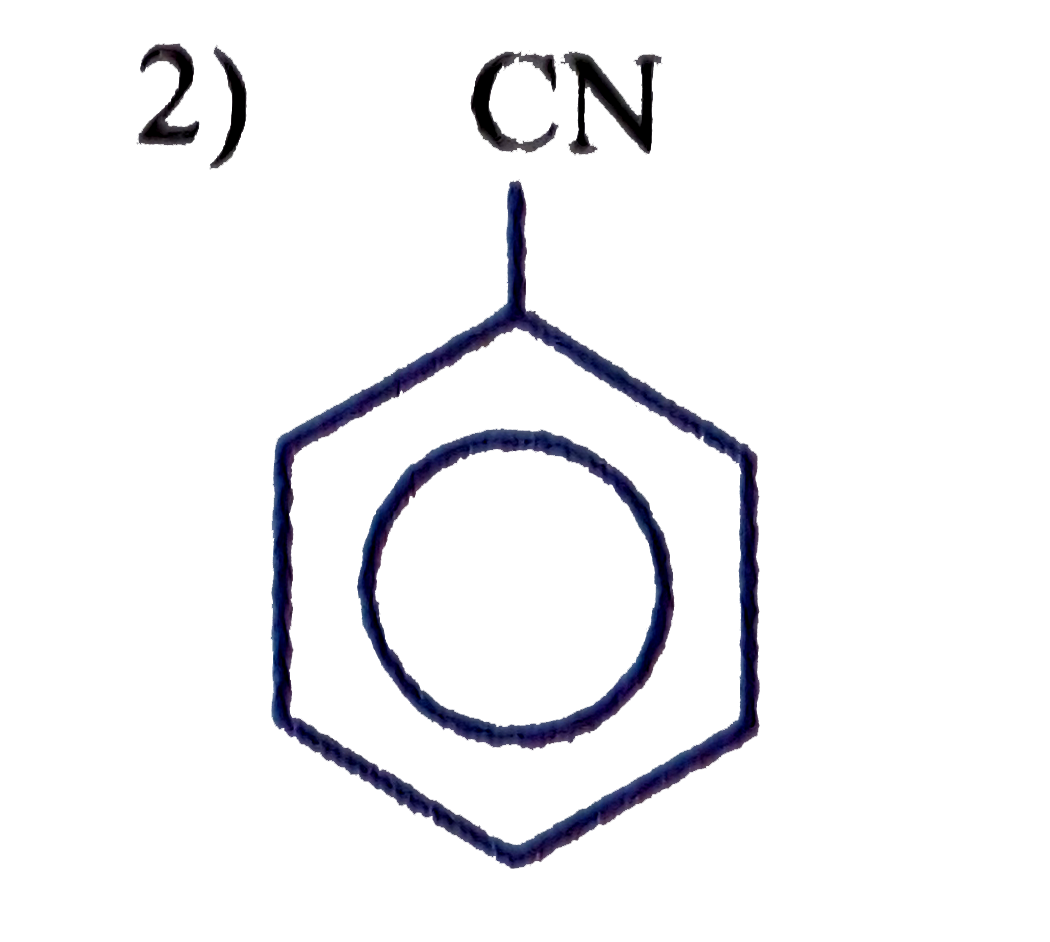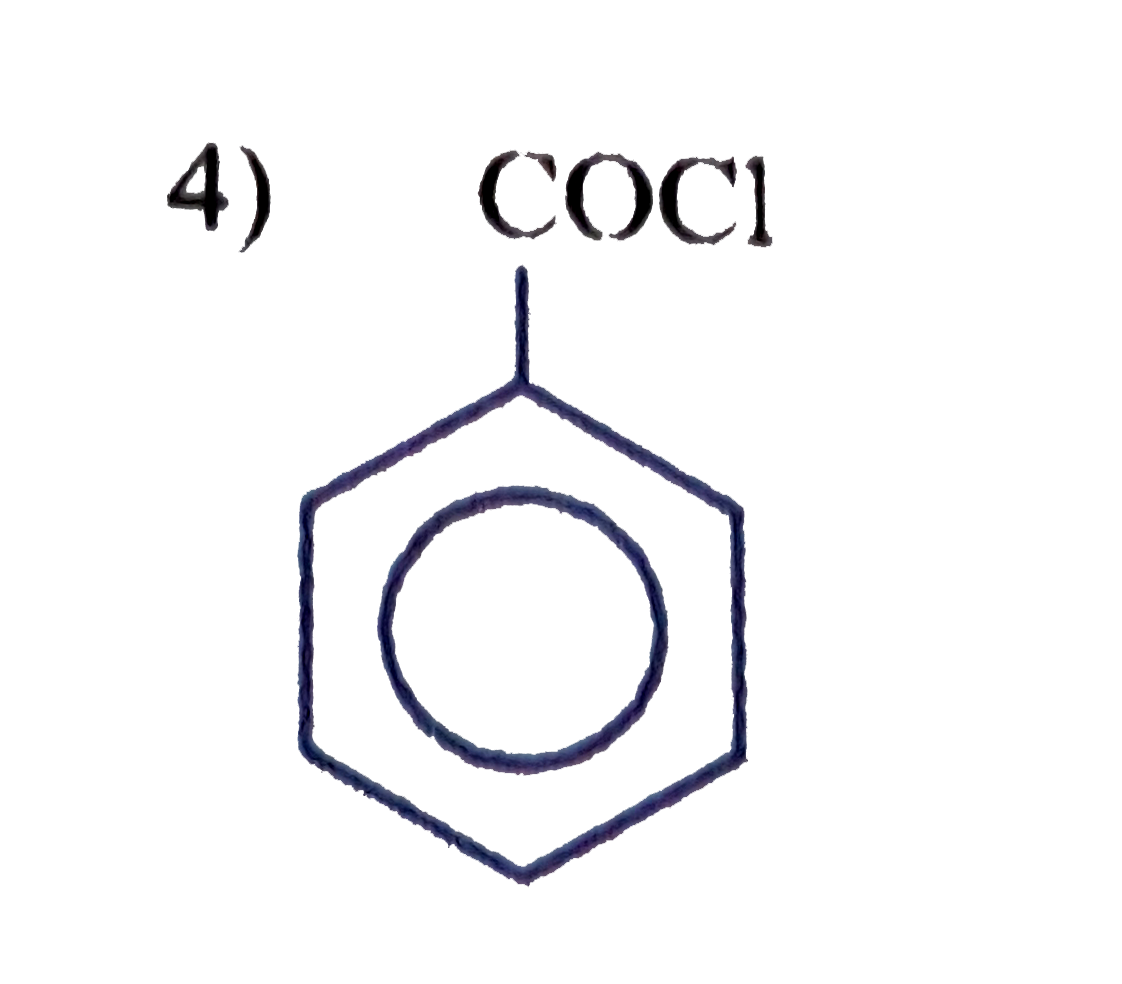A
B
C
D
Text Solution
AI Generated Solution
The correct Answer is:
|
Topper's Solved these Questions
CARBON AND ITS COMPOUNDS
MTG IIT JEE FOUNDATION|Exercise Integer/Numerical Value Type|5 VideosView PlaylistATOMIC STRUCTURE
MTG IIT JEE FOUNDATION|Exercise Exercise (Integer/Numerical Value Type)|5 VideosView PlaylistCHEMICAL BONDING
MTG IIT JEE FOUNDATION|Exercise Exercise (Integer/Numerical Value Type )|5 VideosView Playlist
Similar Questions
Explore conceptually related problems
Knowledge Check
Similar Questions
Explore conceptually related problems
MTG IIT JEE FOUNDATION-CARBON AND ITS COMPOUNDS -Olympaid/HOTS Corner
- An organic compound 'A' on heating with concentrated H(2)SO(4) forms a...
02:38
|
Playing Now - An organic compound 'A' on heating with concentrated H(2)SO(4) forms a...
Text Solution
|
Play - The given diagrams shows the arrangement of valence electrons in organ...
03:18
|
Play - Match column I with column II and select the correct option from the g...
03:16
|
Play - When alcohols react with carboxylix acids in the presence of concentra...
04:42
|
Play - When alcohols react with carboxylix acids in the presence of concentra...
04:35
|
Play - An organic compound 'A' on treating with acidified potassium dichromat...
04:31
|
Play - Ethanol is made unfit for drinking by adding
01:18
|
Play - Dilute solution of alkaline potassium permanganate is known as
01:21
|
Play - What is the IUPAC name of the following compound? CH(3)-CH(2)-unders...
04:10
|
Play - The allotrope of carbon in amorphous from among the following is
Text Solution
|
Play - The IUPAC name of PhCH=CH-COOH is
02:30
|
Play - Read the statements about carbon and choose correct option. A. It ha...
02:51
|
Play - The highly significant isomers among the following compounds are A. ...
04:00
|
Play - Ajay got stung by red ant, it causes itching and irritation. The sting...
01:36
|
Play - Which of the following has shortest carbon-carbon bond length?
02:14
|
Play - Which of the following represent saponification reaction?
01:41
|
Play - Hard water does not easily produce lather with soap because it contain...
02:06
|
Play - Which of the following organic compounds does not have the same chemic...
02:22
|
Play - Write the IUPAC name of CH(3)-underset(CH(3))underset(|)overset(CH(3))...
02:49
|
Play
